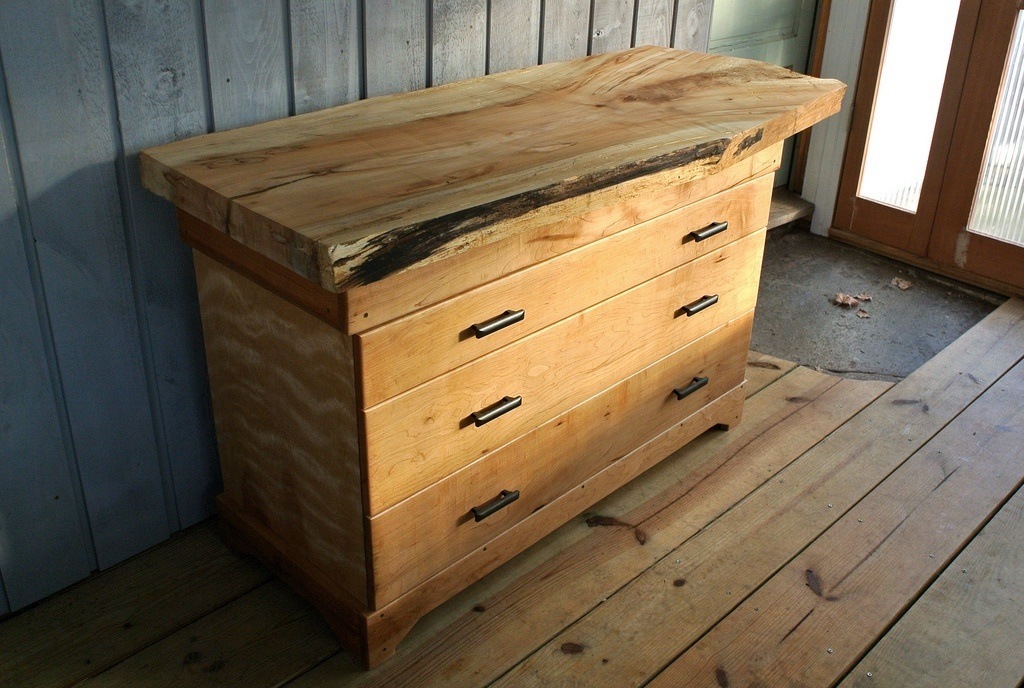Maple Plywood
Maple Plywood is a popular grade of hardwood for furniture-making projects and other purposes. This delicate, tight-grained wood species is exceptionally white and complex and quickly provides a smooth surface. The wood species’ natural grain pattern is smooth and much more subtle than many other hardwoods and wood species, making it a popular choice for … Read more





